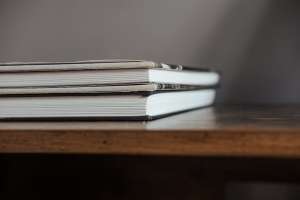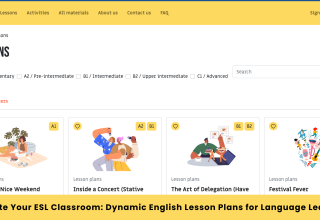Science is an important subject. It forms the foundation to prepare well for the entrance examinations in the higher classes. In class 6 science, students learn about different concepts related to the living thing, non-living things, and other scientific methods. They learn about different topics such as food eaten by living things, clothes they wear, their body movements, force, motion, etc. Students can use the 6th standard science guide as a reference book for solving all the questions given in the NCERT book. This will help them to score excellent marks in the exams.
Students should focus on the practical applications of different topics. In science, they should avoid mugging up the concepts because practical applications are easy to understand and remember. There are a total of 16 chapters in class 6 science books. The chapters are divided into three groups- physics, chemistry, and Biology.
The physics section includes chapters on light, shadow, magnetism, electricity, and circuits, etc. The chemistry part will help students to learn about fibers and fabric, the separation of different materials, gases, etc. The Biology part includes the chapters related to food, body and movements, different organisms and surroundings, etc.
Tips for studying different chapters
In class 6 science, the first chapter is about food and where does it come from. This chapter includes the different sources of food and food eaten by human beings. It will also help students to find out about the foods that we get from plants and animals.
1. Chapter two is about components of food. The different components of food include proteins, fats, carbohydrates, vitamins, and minerals. Students will study the importance of various food components in our bodies. They will also learn about the concept of a Balanced diet and how a balanced diet helps to keep our body fit and healthy.
2. Chapter three is about Fibre to Fabric. In this chapter, students will learn about the process of making cloth using different raw materials obtained from animals and plants. They will also learn about the properties of different fabrics and the difference between natural and synthetic fibers.
3. Chapter four is about sorting materials into groups. It is an interesting chapter and students will be introduced to the different objects and materials. They will learn about metals and non-metals and other groups of materials that surround us.
4. Chapter five is about the separation of substances. In this chapter, students will learn about the different methods used for separating substances. They will learn about different processes such as filtration, decantation, churning, precipitation, etc. In this chapter, students should learn the definitions and diagrams.
5. Chapter six teaches about changes around us. It is also an interesting chapter as students will learn about the different changes that take place around us every day. They will learn about the reversible and irreversible changes and the difference between the two.
6. Chapter seven is about going to know plants. It teaches about the various parts of a plant and differing types of plants. Students have to classify the plants by identifying their features. The diagram explaining the different parts of a plant is very important in this chapter.
7. Chapter eight is about body movements. This chapter explains the different body movements in human beings and animals. Students will also learn about the different types of joints in the human body and how they help in moving different parts. They will also learn about different bones forming the different joints. It is an interesting chapter. It is a lengthy chapter but easy to learn.
8. Chapter nine is about living organisms and their surroundings. during this chapter, students will study the various adaptations of animals. Students will study the animals living within the desert, sea, forest, mountains, and other regions. they’re going to study the characteristics of various animals that make them suitable to measure during a particular environment
9. Chapter ten is about measurements and motions of distance. In this chapter, students will study different measuring tools. they’re going to also study standard units of measurement. It is a numerical-based chapter and students may get numerical-based questions from this chapter.
10. Chapter eleven is about Light, reflections, and shadows. During this chapter, students will study different objects that emit light and don’t emit light. they’re going to also study shadows and the way do they occur. They will learn about the basics of light that will be useful for higher classes.
11. Chapter twelve is about circuits and electricity. This chapter teaches about basic concepts of electric components, electric cells, electric bulbs, insulators, and conductors. Students will learn the differences between insulators and conductors. They have to understand the diagrams and illustrations given in this chapter to understand the basic concepts and terms.
12. Chapter thirteen is about fun with magnets. In this chapter, students will learn about the differences between magnetic and non-magnetic materials. They will also learn about the discovery of magnets. They will learn about different types of magnets and their uses.
13. Chapter fourteen is about water. In this chapter, students will learn everything about water including its different sources, uses, and conservation of water. They will learn about the daily consumption of water by the human body and why it is important to conserve water and different methods of water conservation.
14. Chapter fifteen is about Air around us. This chapter includes the different components of air. It includes information about different gases that form a part of our atmosphere.
15. Chapter sixteen is about Garbage in, Garbage out. It is a general chapter and deals with waste management. It teaches students about the methods used for dealing with the garbage and methods used for recycling paper and plastic.
Students should practice all the questions given at the back of every chapter. They should try to remember the important concepts by writing them down in the register. All chapters are important therefore it is important to read all chapters thoroughly. This will help them to answer very short questions easily. NCERT book solutions are available on the internet and students can refer to those solutions for solving the questions given in the book.
Read More: 5 Tips for Success When You’re Doing Your Degree Online











